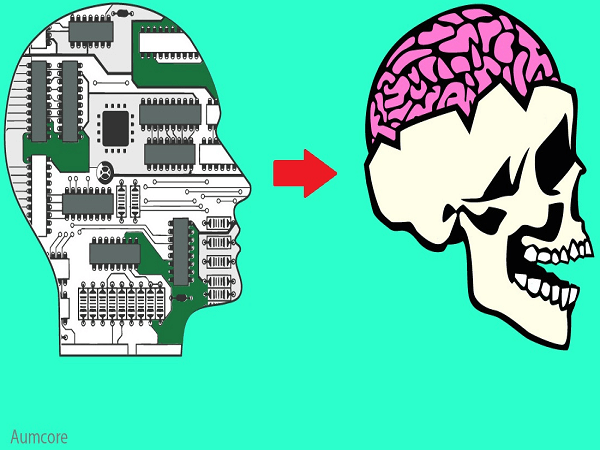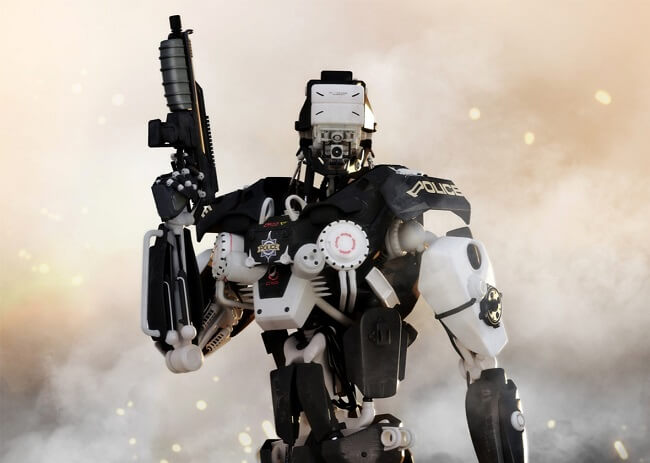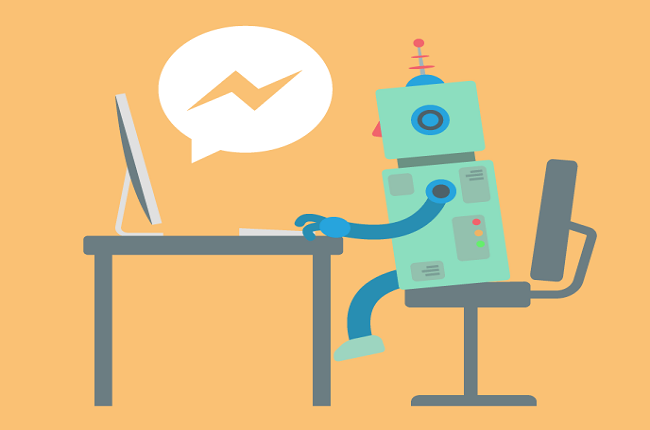You know that theory that robots and AI are going to take over the world? Does it seem ridiculous, as if it would fall under the category of crazy things that are never going to happen but imagine if they did? Well, I hate to be the bearer of bad news, but technology is getting smarter by the day and is now encroaching into digital design services.
With machine learning backing it up, artificial intelligence product design is poised to make waves for designers opting to stick with traditional methods. This is because the artificial intelligence designer can use algorithms to generate templates according to content, columns, colors, videos and so on, and can even retouch and crop photos. That is to say that an algorithm can be programmed to output suggestions and possibilities according to the designer’s choices.
Are Algorithm-Driven Designs the Next Move for Designers?
Proponents of artificial intelligence user interface design argue that algorithms can save time for overworked designers who have bigger fish to fry than basic website layouts and minor changes to fonts and colors. By first creating a predetermined set of parameters that produce a series of possible layouts, developers and artists can set the groundwork and leave the rest to AI’s capable hands (or digits — pun very much intended).
For example, one website in particular, The Grid, promises to create a unique design solution to anyone’s creative idea. They offer an algorithm that considers shapes, colors and text to reduce the amount of time it would take a designer to create a template or make changes to layouts. By doing the basic things that anyone would do, such as choosing an appropriate secondary color that matches the primary text, or formatting columns to look agreeable next to each other, they promise to make a designer’s life MUCH easier.
In the case of Vox Media, a brand with the mindset of a digital agency that opted for an algorithm-based design, their developers used a homepage generator that considers thousands of possible templates, and then scores each depend ending on traits that Vox designers had already chosen — the candidate with the highest score is usually the chosen template. In cases such as this one, supporters argue that designers still have creative control because they choose the factors that actually compose the algorithm; the AI graphic design component simply carries out the ideas that the artist instructs it to.

Designing for AI: The Perfect Mix
While it can take colors, shapes and text into account, an algorithm, being an algorithm and not a living, breathing person, can’t understand the audience or the client on any personal level. Any good designer will tell you that art takes emotion and understanding into account, and he or she must make a connection between the brand and the audience they are selling to. It comes down to the fact that designers understand the world of marketing on a deep level that no software could ever replicate.
It’s also important to note that sketching a few different templates would be time consuming for a human hand, whereas a computer could easily spit out a couple of rough designs in a matter of seconds. This leaves the most difficult task up to the developers: creating an algorithm that understands the design well enough to produce valuable possibilities, yet still leave the creative process in the capable hands of the designer.
In other words, algorithms can do some of the mindless tasks like making sure that white type doesn’t end up on a beige background, while designers spend more time on the concept, how to brand a product, how to package the merchandise, how to prepare for incoming trends, etc. Similarly, when designing a website, they can spend more time deciding on high-quality images their audience will love. Should they be inspirational images? Still lifes? Beauty shots? An algorithm may be able to produce a photo-matching a keyword, but only a designer can bring a level of aesthetics and discernment of what may constitute a better picture — an expression on the subject’s face, for example.
Final Thoughts
In short, these algorithms could prove helpful when they work as a designer’s little elf, taking care of little tasks here and there. However, solely relying on technology to create a comprehensive design strategy is futile; design requires human understanding and careful choice to transmit a sentiment through color, form and media. While design has recently become accessible to the masses, it’s important to remember that artists are trained in ways that a computer is not, and only a human can understand the more nuanced aspects of how to market a product and treat the process as holistic rather than algebraic.
With that in mind, we are making rapid advancements in AI that may change things in the future. For example, although AI graphic design is mainly used for lower-level designs, they can already be used to develop more intricate things like virtual reality and other AI apps. Best of luck designing in our AI-filled world!





Tell us your thoughts in the comments